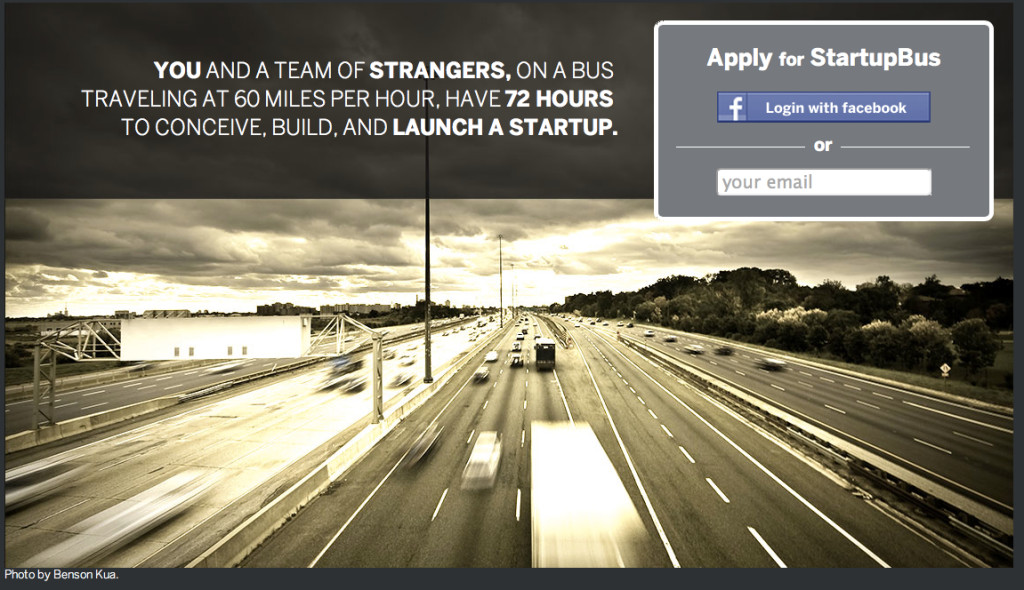
Reading Constantly and Writing Well are by far the most important skills in the workplace for success.
A few days ago, I was giving my team a much-needed lecture on the importance of constantly reading and staying abreast of trends, as well as improving upon their writing skills. In Asia, where a liberal arts education is virtually unknown, few people have proper reading or writing skills. One might easily fault the language issue…and to be honest, I can be very forgiving of people from countries who were never exposed to English. Still, I don’t think that’s an excuse for NOT reading and keeping up with the latest trends, even in your own language, improving your writing and diction in your own language. That said, even of the Asian countries with easily available English educations, and former British (or American) colonies , I find the South Asian countries (India, Nepal, Bhutan, Pakistan and Sri Lanka) churn out people FAR better at speaking, reading, and writing in whatever language, including English (of course, English is the only language I can really judge in, but I can extrapolate that to a general interest in writing as well). I’m honestly not sure why that is, but that’s a different story!
Why is reading and writing so important?? Well, they are the basis for communication, and communication is the basis for ALL business and work, generally. If you aren’t keeping up with the latest trends and reading constantly, you will soon become irrelevant; and, if you can’t write, you can forget getting very far in any aspect of your professional development.
Read constantly. Keep up with the trends in your industry. It is the only thing that will keep you sharp and growing at a rapid rate. This is a necessary key to success in the workplace, because to mentor and grow, you need to stay ahead of the people who surround you. Don’t believe me? Read this article about Warren Buffett’s success formula, and this one from HBR.
Write well – clearly and concisely. Today I was reading this post about Jeff Bezos’ leadership style. A trained engineer (like me), I was impressed by his emphasis on writing. To be honest, I find writing to be an extraordinarily important skill. It is the fundamental for all success in the workplace…documentation, letters, communication all involve writing, and without it, you can forget getting very far. How you write is how people will connect with you; how they will perceive you; its where all your speech starts, and your thought ends. And I find that clarity of writing correlates heavily with clarity of thought. If you write clearly, it means you are thinking clearly. And how do you write well? Start with reading…the more you read, the better you will write…




